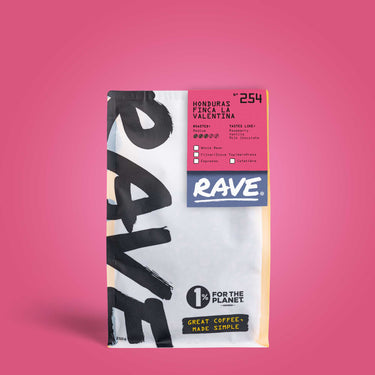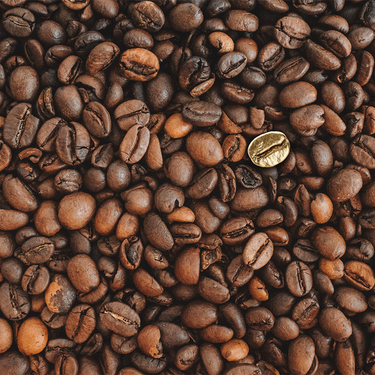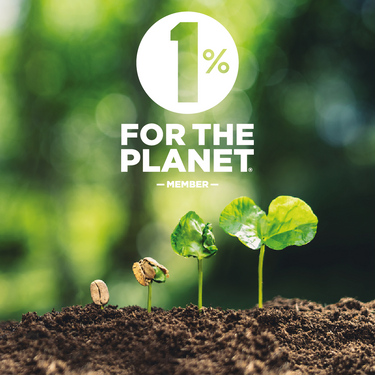Honey
Coffee Processing
Pulped Natural/Honey/Wet-Hulling
This process is very similar to the washed process, just minus a few steps. It however imparts a very different flavour profile somewhere in between the washed and natural processes. Different coffee growing regions use different terms to describe this process, with the exception of Sumatra, which uses the wet hulling process (See below). As per normal, only the ripest cherries are picked and sorted to achieve the highest grade possible. They are then passed through a pulper which will split the skin and force the bean out using centrifugal force. Here the similarities from the washed process end. Instead of using fermentation tanks and washing channels the beans are left to dry with varying amounts of the mucilage intact. The degree of mucilage removed can be set by using a mechanical demucilager (which will allow custom amounts to be removed). In Costa Rica for example you will find that there are varying amounts of mucilage left on and this will determine the type of honey process.
An Example
White honey: 80-90% (or up to 100%) of mucilage removed
Yellow honey: 50-75% of mucilage removed
Red honey: 0-50% of mucilage removed
Black honey: minimum mucilage removed
Drying
Once the desired amount of mucilage is removed the coffee is spread out to dry on patios. Constant turning and raking is required to avoid any over fermentation or rot as moisture is brought down to the optimal 10-12%. The beans at this point often look like candied nuts, hence the name honey process. The coffee is then stored until it is ready for hulling and distribution.
This process results in a mega sweet, smooth cup with big mouth feel and muted acidity.
An example of this is the Costa Rica Las Lajas Black Honey Alma Negra, a borderline natural coffee but with huge sweet dark fruit flavour.
Wet Hulling (Giling-Basah)
Although a form of pulped natural, this process is so unique to Sumatra that it deserves its own little section. The majority of coffees from this region are processed this way and it is this method which gives them their distinctive flavour.
In this method the cherries are pulped and placed in fermentation tanks (if available- wicker baskets if not) for a very short time. This often leaves a portion of the mucilage intact. The remaining mucilage from these loosely controlled ferments is then washed off. They are then dried to around 30%-40% moisture as opposed to the usual 10-12%. Immediately hulled, and then dried down to 10-12% this is how the process gets its name ‘wet-hulling’. It also gives the beans their distinctive dark green colour and deep, sometimes earthy flavour.
Acidity in wet hulled coffee is almost always very muted with big big body and depth. Consistency can be a problem with this method, but we cup again and again to try and pick the best lots from each farm.





